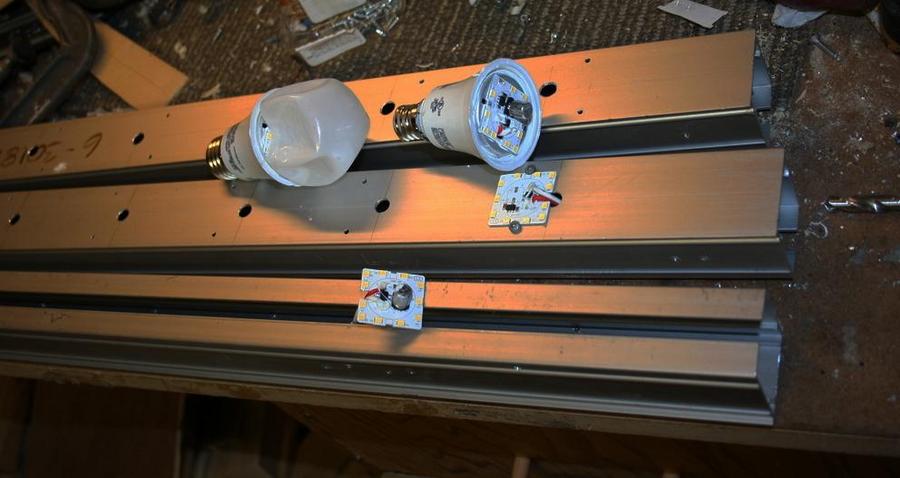When I was researching no till, I came across this post from @Northwood
Here is an example of your "poor man's led" in action.
The general gist is, you can make lots of different things work, some better than others, but there are bare minimums you need to try to achieve regardless of technology or technique.
I'm not saying do one thing or the other, just that you could do it, and wouldn't be the first.
Here is an example of your "poor man's led" in action.
The general gist is, you can make lots of different things work, some better than others, but there are bare minimums you need to try to achieve regardless of technology or technique.
My budget 5X5 setup
I'm growing my Canadian legal limit (4 plants), all White Widow X Jacky White from fem seeds. It cost me less than $300 Canadian dollars to adequately light the 25 square feet with over 33 watts per square foot (840 watts total right now). Not my first grow with these, or with this soil. The...
www.rollitup.org
I'm not saying do one thing or the other, just that you could do it, and wouldn't be the first.

